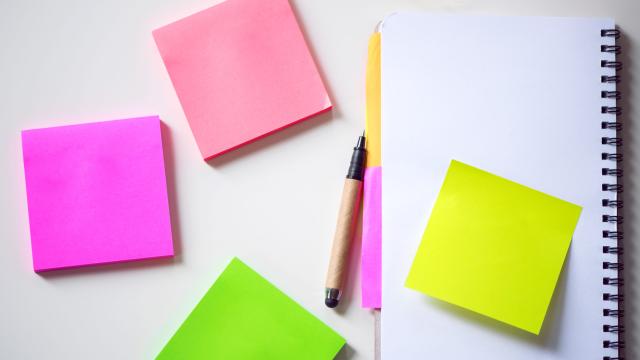Being a teenager in 2018 — I don’t know how it’s done. Imagine having the same list of pressures that you had as a high school kid — school, extracurriculars, chores, a social life often filled with angst — and then adding on the constant pull of social media, alerting you to all the things you aren’t doing. (“Did you see that Gigi is building houses in Africa this summer and that Jonah has an internship at Snapchat?”)
It’s unsurprising that one in six Australian adolescents had an anxiety disorder, according to MindMatters. Teens are overwhelmed, partly because they don’t yet have the skills to manage the unprecedented amount of stuff that enters their brains each day. (Yes, adults struggle with this, too — myself included.)
Luckily, though, their age is on their side, according to David Allen, the man behind the Getting Things Done (GTD) productivity system that so many of us know and can’t function without. According to Allen, “Most adults think they know how to think. Kids are at a place where they can begin to learn.”
He writes this in his new book Getting Things Done for Teens: Take Control of Your Life in a Distracting World, co-authored by Mike Williams and Mark Wallace. In it, they’ve adapted the GTD methodology for young adults, providing them with a set of tools to help them worry less and do more.
The techniques are simple, practical and instantly applicable — reading through it, I’m finding myself jotting down productivity hacks to try on myself and wishing I had learned these tricks in school. (Instead, I remember pulling a lot of all-nighters, drinking too much soft drink, and breaking out in stress-acne.)
As adapted from the book, here are five distraction-busting exercises that parents can teach their teens. The idea is for students to experiment with them, notice if their routines and anxiety levels change, and keep what works.
If your teen does her best thinking while moving, try…
A Walking Mind Sweep
What to do: Go for a walk outside (10 to 15 minutes can be enough). Bring a notepad. Walk and relax and allow your mind to wander. If you land on something that needs your attention, write it down. Continue throughout your walk.
What it does: Removes distractions and clears your mind.
If your teen has a hard time falling asleep, try…
A Mind Sweep Before Bed
What to do: Before bed, grab a pen and paper and write down the things on your mind. Don’t try to resolve anything — just get it all out of your head. In the morning, take whatever you see on that list and decide whether there are any actions you can take.
What it does: Helps you let go of things on your mind. Once your brain sees something on paper, it can relax.
If your teen has thoughts or ideas waking him up during the night, try…
A Bedside “Capture Tool”
What to do: Place a pen and paper next to your bed. If you are woken up by a thought, write it down and try going back to sleep. In the morning, you can make decisions about what you wrote.
What it does: After doing this exercise for a while, your brain will begin to trust that it will see what it needs to see in the morning, allowing you to rest at night.
If your teen has a messy area that’s out of control (such as a closet, car, sports bag, drawer or locker), try…
“Capturing” Into a Big Bucket
What to do: Get a large bucket, such as a laundry basket or plastic tub. Instead of “cleaning” the space by going through one thing at a time, remove everything that doesn’t belong in the space and throw it in the bucket. Don’t organise anything or put things away just yet. Once you clear the space, you can take the things you see in the bucket and make decisions about them.
What it does: Clears a chaotic area with minimal effort.
If your teen struggles with procrastination, try …
Timed “Doing” Sprints
What to do: Set a countdown timer for five, 10 or 15 minutes. Choose an action (for instance, reading). Start your timer. Focus on the action until the timer rings. When that sprint is complete, take a short break. Do a second timed sprint. Continue sprints until you have run out of time or energy.
What it does: Helps you focus on “doing” for short periods of time rather than on completion.

Comments